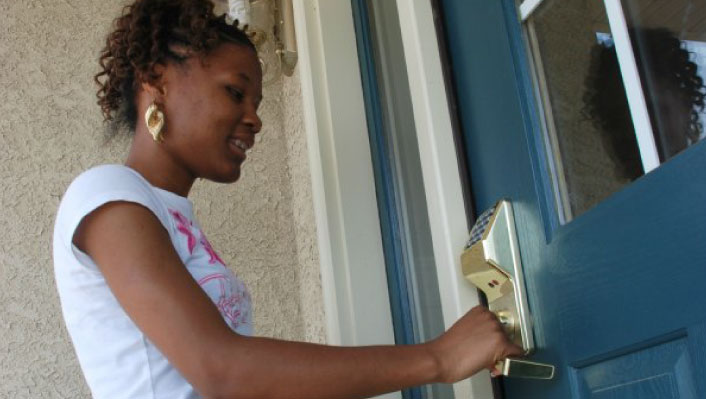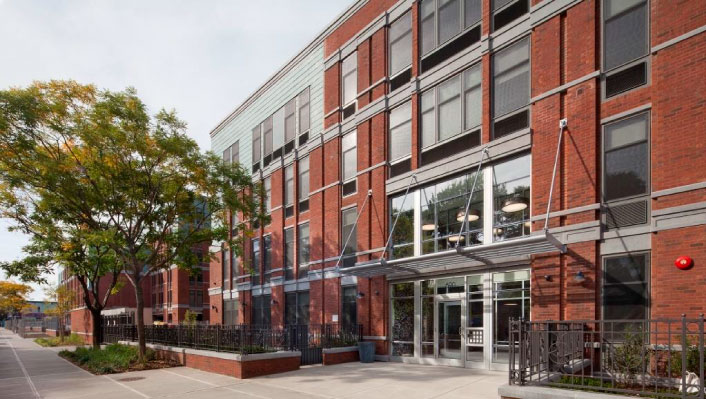What is Supportive Housing?
Supportive housing is an innovative and proven solution to some of communities' toughest problems. It combines affordable housing with services that help people who face the most complex challenges to live with stability, autonomy and dignity.

Successful
Supportive housing improves housing stability, employment, mental and physical health, and school attendance; and reduces active substance use. People in supportive housing live more stable and productive lives.

Cost-Effective
Supportive housing costs essentially the same amount as keeping people homeless and stuck in the revolving door of high-cost crisis care and emergency housing.

Beneficial
Supportive housing helps build strong, healthy communities by improving the safety of neighborhoods, beautifying city blocks with new or rehabilitated properties, and increasing or stabilizing property values over time.
Supportive Housing FAQs
Supportive housing is permanent housing that has no time limit on residency assigned to it.
Residents of supportive housing are linked to intensive case management and voluntary, life-improving services like health care, workforce development and child welfare.
Structured as a tenancy, where residents pay rent and have the same rights and responsibilities of anyone renting housing. Residency in supportive housing is not contingent on tenants meeting certain behavioral requirements for access to housing.
Supportive housing is usually for those lacking housing who face a multitude of complex medical, mental health and/or substance use issues that are co-occurring.
A major goal for supportive housing programs is the ability to ensure housing stability for individuals with multiple, chronic, complex needs that are challenging to serve in other housing. However, while many individuals with severe disabilities may always require supportive housing, some tenants eventually reach a point in their recovery where they may be better served in a less intensive services environment.
Once stable, tenants often wish to leave supportive housing in order to have more privacy, reside in a different neighborhood, move closer to family or work/school, or rent a bigger unit. Unfortunately, because most tenants continue to need housing assistance, many choose to remain in supportive housing.
In response to tenant desires and the need to build more supportive housing capacity, several communities are working with local funders and public housing authorities to develop Moving On or Moving Up initiatives that provide tenants who are able and want to move out of supportive housing with a rental subsidy and assistance transitioning to a new apartment. HUD has publicly provided strong support for Moving On but, to date, these initiatives operate on the periphery of supportive housing and only exist on a small scale through scattered pilots..
Cost studies in six different states and cities found that supportive housing results in tenants’ decreased use of homeless shelters, hospitals, emergency rooms, jails and prisons.
Supportive Housing saves significant money to many public institutions while using no more and sometimes fewer resources in return for better results. For example, in New York, reductions in service use resulted in an annualized savings of $16,282 per unit, which amounts to 95% of the cost of providing supportive housing. In Portland, the annual savings per person amounted to $24,876, whereas the annual cost of housing and services was only $9,870.
Supportive Housing 101 Training
This self-paced online class is designed to introduce you to the history, principles, applications and evaluations of supportive housing, a proven, evidence-based model that helps transform the lives of vulnerable people.


